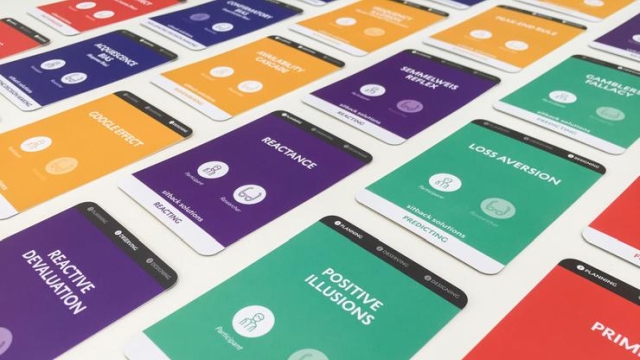
Many interventions are used to reduce implicit bias, but which ones actually work?
Implicit biases are present in the general population and among professionals in various domains, where they can lead to discrimination. A standard description of implicit biases is that they are unconscious and/or automatic mental associations made between the members of a social group (or individuals who share a particular characteristic) and one or more attributes (implicit stereotype) or a negative evaluation (implicit prejudice).
There is currently a growing awareness of implicit biases, and interventions and training programs aimed at reducing implicit bias are being offered in the English-speaking world. In a previous article, I critiqued one of these interventions and training programs – unconscious bias training (UBT) – in the context of the arrest last year of two black men in a Starbucks coffee store in Philadelphia in the United States. In their public responses to the arrest, Philadelphia Police Commissioner Richard Ross and Starbucks CEO Kevin Johnson both made mention of the use of UBT. As Kevin Johnson discusses in the video above, Starbucks then went on to provide anti-bias training to 175,000 staff in more than 8,000 stores across the United States.
However, as I discussed in my article, the evidence for the effectiveness of UBT painted a mixed picture. A new systematic review1 by a research team from the University of Geneva and University of Fribourg in Switzerland takes up the issue of implicit bias interventions, highlighting that there has been a lack of systematic evaluation of the evidence for the effectiveness of different interventions. The research team identified 30 peer-reviewed studies conducted on adults between May 2005 and April 2015 as being eligible for inclusion, with the review covering 18 interventions.
Reliably effective interventions can’t be identified
The research team found that:
- Current data does not allow for the identification of reliably effective interventions to reduce implicit biases. While several interventions had at least one instance of demonstrated effectiveness, the sample size was small and so the research team was not able to identify reliable interventions for practical use.
- Many interventions have no effect, or may even increase implicit biases. This means that caution is advised when it comes to programs aiming at reducing biases. The systematic review reveals that many interventions are ineffective, so their use at present cannot be described as evidence-based.
- Interventions of the type most desired by institutions to implement in training, i.e. short, one-shot sessions that can be completed and the requisite diversity boxes ticked, may simply be non-existent. If change is really to be produced, a commitment to more in-depth training is necessary.
- Much more investigation into the long term effects of possible interventions is needed. The most problematic fine-grained implicit stereotypes need to be identified and a range of specifically-tailored interventions need to be designed to combat the whole gamut of prejudices that are problematic in our societies, not only targeting black/white race prejudice. More research needs to be conducted examining the conditions under which interventions will work and the factors that make them fail.
But this is not an excuse to do nothing
The research team alerts that the fact that there is scarce evidence for particular bias-reducing techniques does not weaken the case for implementing widespread structural and institutional changes that are likely to reduce implicit biases, but that are justified for multiple reasons.
A wider lesson
In a previous article and presentation, I’ve sounded a strong warning in regard to the lack of evidence for many management practices that are blindly accepted as fact in the private and public sector. The lack of evidence for reliably effective interventions to reduce implicit biases further reinforces the need to heed this warning.
Article source: The article Interventions designed to reduce implicit prejudices and implicit stereotypes in real world contexts: A systematic review is published open access under the terms of the Creative Commons Attribution 4.0 International License.
Reference:
- FitzGerald, C., Martin, A., Berner, D., & Hurst, S. (2019). Interventions designed to reduce implicit prejudices and implicit stereotypes in real world contexts: a systematic review. BMC psychology, 7(1), 29. ↩
Also published on Medium.






